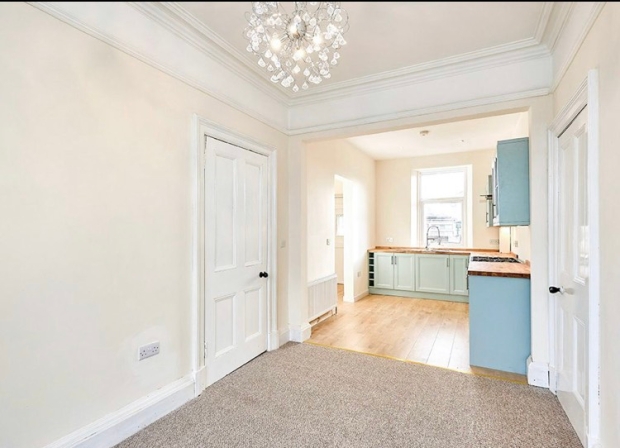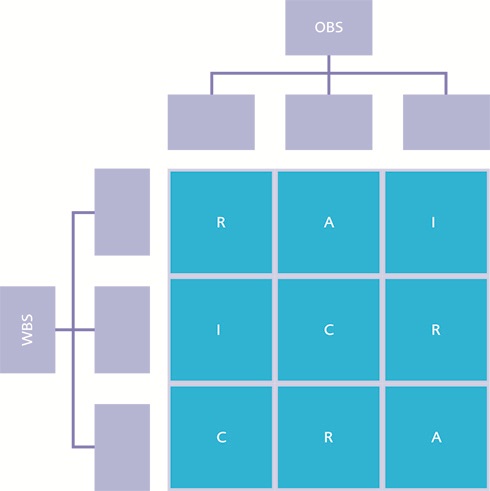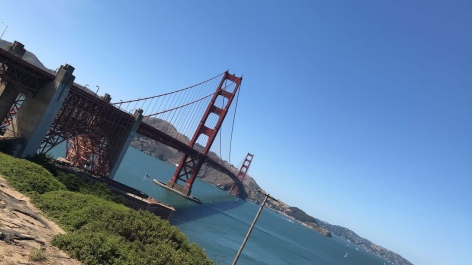(Projects in a commercial environment)
Introduction to Procurement
Returning to University in the 3rd week of January after a good Christmas holiday, we kick-started the day with an introduction to procurement. Firstly learning that: The Chartered Institute of Procurement & Supply defines procurement as: “Procurement and supply management involves buying the goods and services that enable an organisation to operate in a profitable and ethical manner.” Basically, procurement involves a lot more thought than simply purchasing something, taking more care to consider things such as price, quality, time, location and reputation.
Procurement can be like a process; it requires contracts and relationships between parties and becomes more complicated and thorough depending on the risks involved with the project.
A procurement route is all about deciding on allocation of risks in respect of: Time, Cost and Quality. And has responsibilities of Design, Construction, Management, Operation, Funding
The main characteristic of a traditional procurement route is the “separation of the responsibility for the design of the project from that for its construction.”
The History of Procurement Routes:
The traditional method would consist of competitively priced, staged lump sum payments. This method became popular in the mid-1850s. The lack of co-ordination between trades such as design and build became an obstacle and lead to the decrease in popularity for the traditional method after the 2nd World War. Involving a contractor in the early stages of the project proved to be good.
Another reason that the traditional route began to fail was in 1973 – oil crisis caused major rise in fuel prices and interest rates which meant that people were prioritising quick completion to reduce cost. This led to building work commencing before some plans are complete.
The Process:
Preparation – creating a business case and appointing a Project Manager.
Design – Appointing the design team and beginning the design process, it is important to take time and communicate with the design and build teams as rushed plans leads to errors and conflict.
Under the traditional procurement route, design is normally completed:
- Before competitive tenders are invited.
- Before the main construction contract is let. But:
- Contractor may have some design liability, where identified and contractually stipulated.
Preparing and Obtaining Tenders – finalise documentation (BOQ – bill of quantities), specifications, drawings, etc. The design must be fully prepared before the BOQ is created for pricing accuracy and fairness.
Construction Phase – assuming there are no changes, construction cost can be identified with reasonable accuracy.
To ensure good communication throughout the process, the PM should oversee the teams.
Advantages of traditional procurement route:
- Has stood the test of time
- Understood by many clients, contractors etc.
- Client able to select the most appropriate design team
- Client able to have direct influence, thus facilitating a high level of performance and bespoke quality in the design
- Client can monitor and control all phases of the project
- High degree of certainty based on the cost and specified performance before a commitment to build
High risk of disruptions and variations, especially in cost if the design is not fully prepared before the tender is obtained or the BOQ is inaccurate.
Disadvantages of traditional procurement route:
- Design-bid-build sequence takes long period of time
- Designers design, don’t manage
- Contractor unable to contribute to the design.
- No benefit from contractor’s experience while designing the project (buildability)
- The traditional standard forms are adversarial in nature, mentality of “that’s not my job”
- Accelerating the process by producing tender documents from an incomplete design, or inaccurate BOQ, can result in less cost and time certainty. Leads to: Variations Time and cost overrun Expensive disputes
- Client bears the risk of design and cost (quantities)
- Client can think bid is a lump sum (therefore final cost) but is still vulnerable to claims
- Strategy based upon price competition, which can result in adversarial relationships developing
~
In other, unrelated news – I sold my house! You can see completed pictures in the gallery on my website…










